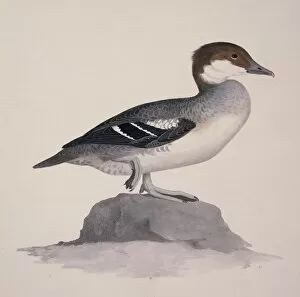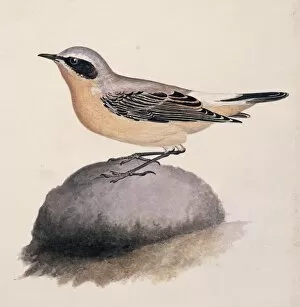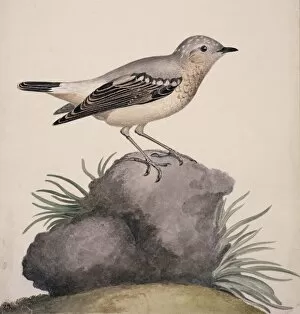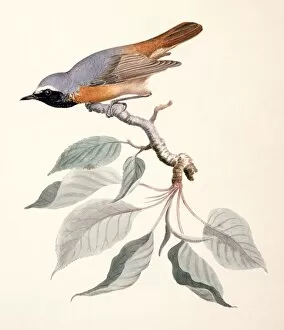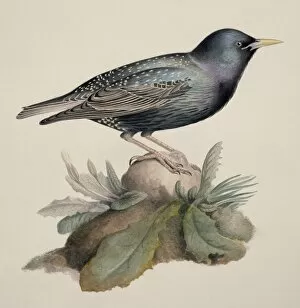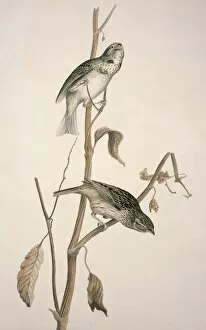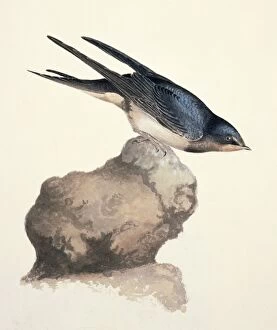1830s Collection (#49)
Step back in time to the vibrant and captivating 1830s, where art, exploration, and innovation took center stage
For sale as Licensed Images
Choose your image, Select your licence and Download the media
Step back in time to the vibrant and captivating 1830s, where art, exploration, and innovation took center stage. The decade began with John James Audubon's mesmerizing masterpiece, "American Flamingo, " showcasing the breathtaking beauty of nature. Audubon continued to enchant audiences with his Louisiana Heron, capturing the grace and elegance of this majestic bird. Meanwhile, a sense of wonder filled the air as the Vauxhall Royal Balloon made its first ascent into the heavens. Spectators marveled at this daring feat of human ingenuity and bravery. Speaking of courage, Grace Darling rowed alongside her father in a heroic rescue mission that captured hearts worldwide. As cities evolved during this era, Worthing unveiled its street plan in 1830—a testament to urban planning and progress. But it wasn't just on land that new horizons were explored; Jean Samuel Pauly and Durs Egg introduced their Dolphin airship—an engineering marvel that promised boundless possibilities for travel. The artistic realm also flourished during this period: W Heath Robinson's whimsical Railway Ribaldry illustration brought laughter to many faces while providing a satirical commentary on society's obsession with trains. And speaking of balloons again—another Vauxhall Royal Balloon ascent left spectators breathless as they witnessed humans defy gravity once more. But not all was lightheartedness; tales circulated about Spring-Heeled Jack—a winged monster haunting London streets—sending shivers down spines and fueling imaginations across England. Amidst these fantastical stories emerged practicality in Duncton's tithe map from 1837—a detailed record reflecting societal structures through land ownership. Lastly, John James Audubon returned with his Snowy Owl painting—an ethereal representation of nature's wonders that continues to captivate even today. Meanwhile, London Fire Engine Establishment listed fire stations throughout the city—reminders of both the dangers faced and the resilience of communities.














